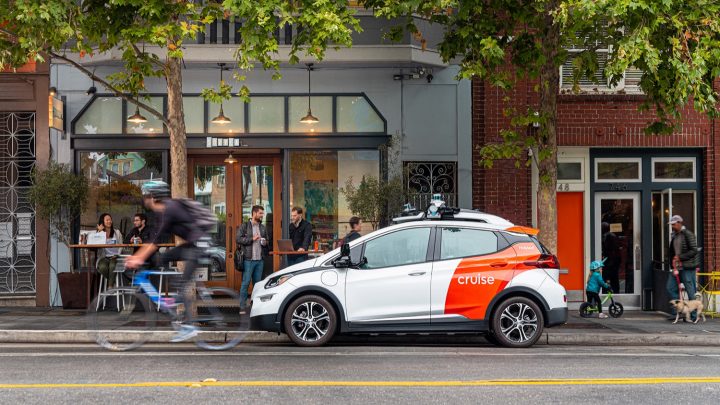Around when a Cruise AV unit unintentionally trapped a pedestrian who had been struck by a human-driven vehicle back in early October 2023, General Motors’ autonomous driving subsidiary Cruise had been exponentially racking up driverless miles with its robotaxi units, up to 5 million as of late October 2023. Now, it appears as though a good portion of these autonomous miles were accumulated in California.
According to a report from Reuters, driverless vehicles recorded nearly 3.3 million miles in California over the course of the 2023 calendar year. Of this number, GM’s Cruise accounted for 63 percent, or approximately two million miles, while Alphabet’s Waymo was responsible for 36 percent.
It’s worth noting that the California DMV data also showed that autonomous driving tests with a safety driver present stood at 5.7 million miles from December 2022 to November 2023.
In other Cruise-related developments, the Quinn Emanuel law firm – the third-party firm that was hired to investigate the aforementioned Cruise AV accident – released its findings last month. There were several notable discoveries in regard to Cruise’s response to the incident, including poor leadership, mistakes in judgment, lack of coordination, an “us versus them” mentality, and a fundamental misapprehension of its own obligations of accountability and transparency toward the government and general public.
Following Cruise’s halt of operations, General Motors executives swiftly announced that the robotaxi company’s budget would be reduced by hundreds of millions of dollars in 2024. However, this was recently updated when GM CFO Paul Jacobson announced in January 2024 that Cruise expenses are expected to be approximately $1 billion lower during the 2024 calendar year.
It’s worth noting that Cruise plans to eventually restart operations in a single, yet-unnamed city.
Subscribe to GM Authority for more GM Cruise news, GM AV news, GM technology news, GM EV news, and around-the-clock GM news coverage.
















Comments
So what was their accident rate and how does it compare to human drivers in the same area?
I don’t care.
I was reading Tesla FSD12 which throws away 300,000 lines of code for an AI based training model and a year of videos training data gives a flexibility over old system,
I think Cruise also may use something similar path and they need to resize the sensors to fit/integrating properly on the car body (not projecting like a alien attachment) should be next steps. GM should bring lot of these learning and technology to super cruise as driving assistance systems are one dimension of new vehicle choosing criteria for public.
….. or you could borrow a set and DRIVE the vehicle.
Two million too many!
13 million too few.